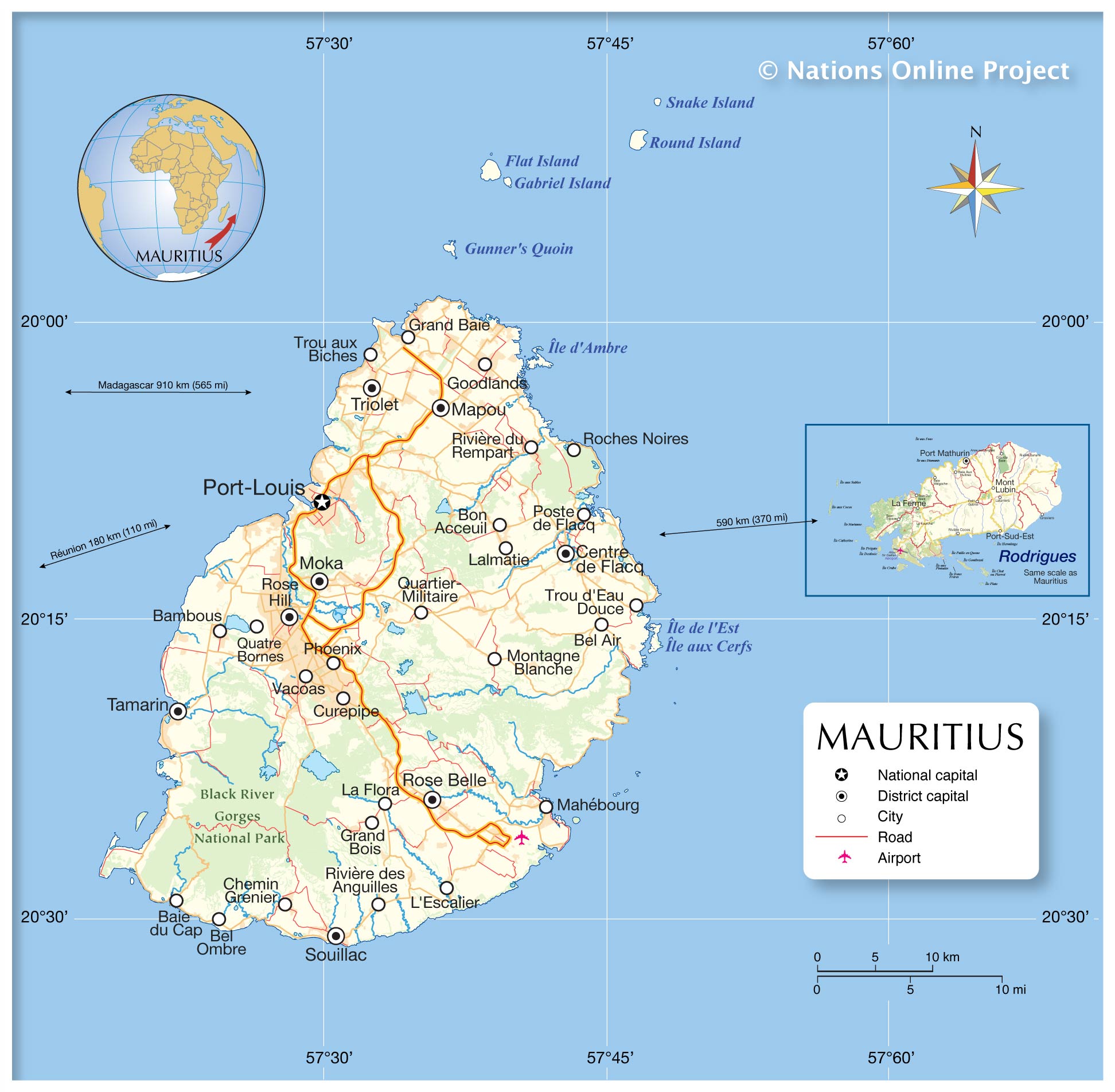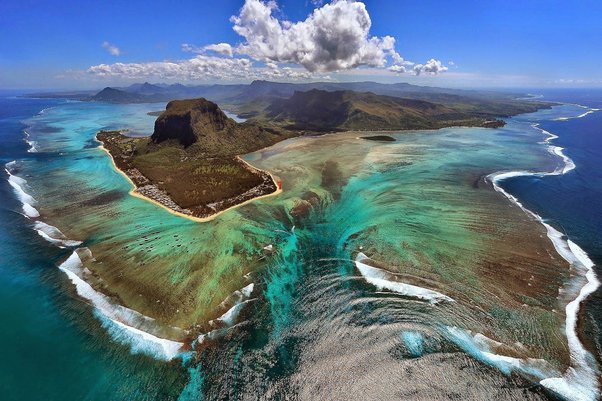Mauritius, a small island nation nestled in the depths of the Indian Ocean, has captivated the hearts and minds of travelers and geographers alike. As I sit here, gazing out over the vast expanse of crystalline waters, I can’t help but ponder the intriguing factors that make this island such a unique and remarkable place. What is it about the location of Mauritius that sets it apart from other tropical destinations? Let’s embark on a journey to uncover the fascinating geographical insights that define this enchanting corner of the world.
Imagine, if you will, a lush, verdant oasis emerging from the azure depths of the Indian Ocean, like a shimmering emerald nestled amidst the endless waves. This is Mauritius, a tropical paradise that seems to defy the confines of traditional geography. But where exactly is this enchanting island located, and what are the factors that have shaped its extraordinary character?
To begin, Mauritius is situated in the southwestern region of the Indian Ocean, approximately 2,000 kilometers off the southeast coast of the African continent. Lying at the intersection of the Tropic of Capricorn and the 20th parallel south, this island nation occupies a strategic position that has long captured the imagination of explorers, traders, and colonial powers alike. But what is it about this specific location that has made Mauritius such a sought-after destination?

One of the most intriguing aspects of Mauritius’ geographical positioning is its isolation from the mainland. Surrounded by vast expanses of open ocean, this island has developed a unique and highly diverse ecosystem, shaped by its remote and insular nature. The nearest landmass, the French island of Réunion, lies just 170 kilometers to the southwest, while the African continent is a considerable distance away, providing a sense of separation and seclusion that is both captivating and enchanting.
This isolation, however, is not merely a geographical curiosity; it has had profound implications for the island’s biological and cultural evolution. Separated from the rest of the world by vast stretches of ocean, Mauritius has become a haven for endemic species, many of which are found nowhere else on Earth. The iconic dodo, a flightless bird that once roamed the island, is perhaps the most famous example of Mauritius’ unique and fragile ecosystem.
But Mauritius’ location is not only significant for its ecological impact; it has also played a crucial role in the island’s human history. As a strategic outpost in the Indian Ocean, Mauritius has long been a coveted prize for colonial powers, each seeking to establish a foothold in this vital maritime region. From the Dutch to the French and the British, the island’s position has made it a hub of trade, exploration, and cultural exchange, shaping the diverse tapestry of its people and traditions.
Yet, the geographical positioning of Mauritius extends beyond its isolation and historical significance. The island’s location within the Indian Ocean has also had a profound influence on its climate and weather patterns, contributing to the unique and captivating environment that draws visitors from around the world.
Situated within the tropics, Mauritius experiences a warm and humid climate year-round, with average temperatures ranging from the mid-20s to the low-30s Celsius. This tropical climate is further shaped by the island’s position in relation to the surrounding ocean currents and monsoon systems, which bring a delicate balance of wet and dry seasons, creating a diverse and ever-changing landscape.
The Indian Ocean’s influence on Mauritius’ climate is particularly evident in the island’s stunning coastline, which is dotted with pristine beaches, dramatic cliffs, and a vibrant marine ecosystem. The warm, turquoise waters that lap at the shores of Mauritius are a testament to the island’s strategic location, drawing in countless snorkelers, divers, and beach enthusiasts who come to experience the natural wonders that this tropical paradise has to offer.
But the story of Mauritius’ geography doesn’t end there. As we delve deeper into the intricacies of this island nation, we begin to uncover a fascinating array of geological features that have shaped its unique landscapes and ecosystems. From the towering volcanic peaks that rise up from the ocean floor to the intricate network of valleys, rivers, and natural wonders that dot the island’s interior, Mauritius is a true geological marvel.
One of the most striking geological features of Mauritius is its volcanic origin. Like many of the islands in the Indian Ocean, Mauritius was formed millions of years ago by a series of volcanic eruptions, which gradually built up the landmass and created the diverse terrain we see today. The island’s highest peak, the iconic Piton de la Petite Rivière Noire, stands at an impressive 828 meters above sea level, a testament to the dramatic geological processes that have shaped this enchanting island.
But Mauritius’ geology extends beyond its volcanic peaks and cliffs. The island is also home to a complex network of rivers, streams, and natural waterways that have carved intricate valleys and gorges across the landscape. These waterways, fed by the island’s significant rainfall, have played a crucial role in shaping the lush, verdant forests and fertile agricultural regions that have sustained the island’s human population for centuries.

As we delve deeper into the geography of Mauritius, it becomes clear that this island nation is a true tapestry of contrasts and complexities. From its strategic location in the Indian Ocean to its unique geological features and diverse ecosystems, Mauritius is a destination that defies simple categorization. It is a place that invites exploration, wonder, and a deeper understanding of the intricate forces that have shaped our world.
So, what is it about the location of Mauritius that sets it apart? Is it the island’s isolation, its volcanic origins, or its position within the broader currents and systems of the Indian Ocean? Perhaps it is a combination of all these factors, each contributing to the captivating and enigmatic character of this tropical paradise. One thing is certain: the geography of Mauritius is a story of intricacy, diversity, and endless fascination – a story that continues to unfold, inspiring and enchanting all who venture to this remarkable corner of the world.



